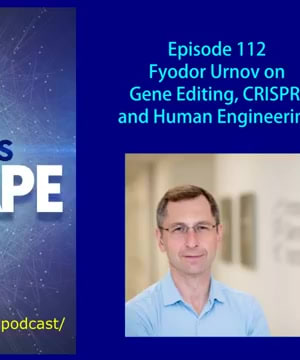Genetic Repair
Sources:
Genetic repair involves several processes that cells use to fix DNA damage. Here are some key insights from experts:
-
DNA Damage and Repair Accuracy:
- DNA repair mechanisms can vary in accuracy depending on the importance of the gene involved. Core genes crucial for survival are repaired with near-perfect accuracy, while less critical genes might have more variability in their repair process 1.
-
Repair Mechanisms:
- There are multiple repair pathways, each suited to different types of DNA damage. For example, base excision repair targets small, non-distorting base lesions, using DNA glycosylases to identify and correct errors 2. Other types include mismatch repair, nucleotide excision repair, and double-strand break repair 3.
-
Nature's Copy-Paste Method:
- Cells can also repair breaks by copying the missing genetic information from an identical DNA molecule, a process similar to "control c, control v" (copy-paste) from a template 4.
-
Impact of Mutations:
- While many genetic disorders are inherited through dormant (recessive) genes, some diseases can arise from spontaneous mutations not present in an individual's lineage. Advances in genome engineering are enabling scientists to correct such mutations, offering potential cures for genetic diseases like sickle cell anemia 5.
-
Lifestyle and DNA Damage:
- Environmental factors, like EMF exposure, can exacerbate DNA damage. Over time, repeated damage and imperfect repairs can lead to mutations, such as those that initiate cancer 6.
Overall, the intricate mechanisms cells use to repair DNA show the complexity and precision of genetic maintenance and adaptation.
RELATED QUESTIONS-

